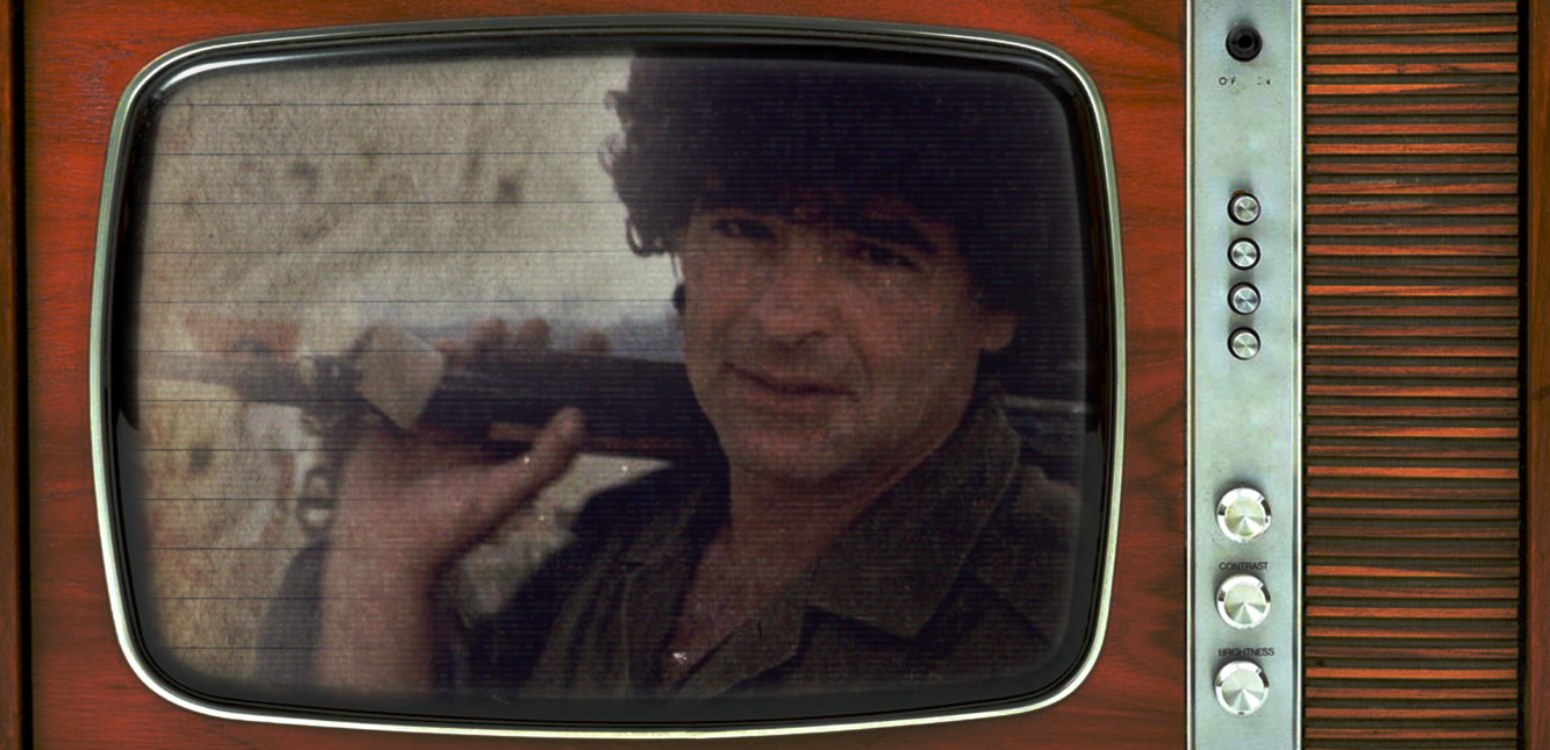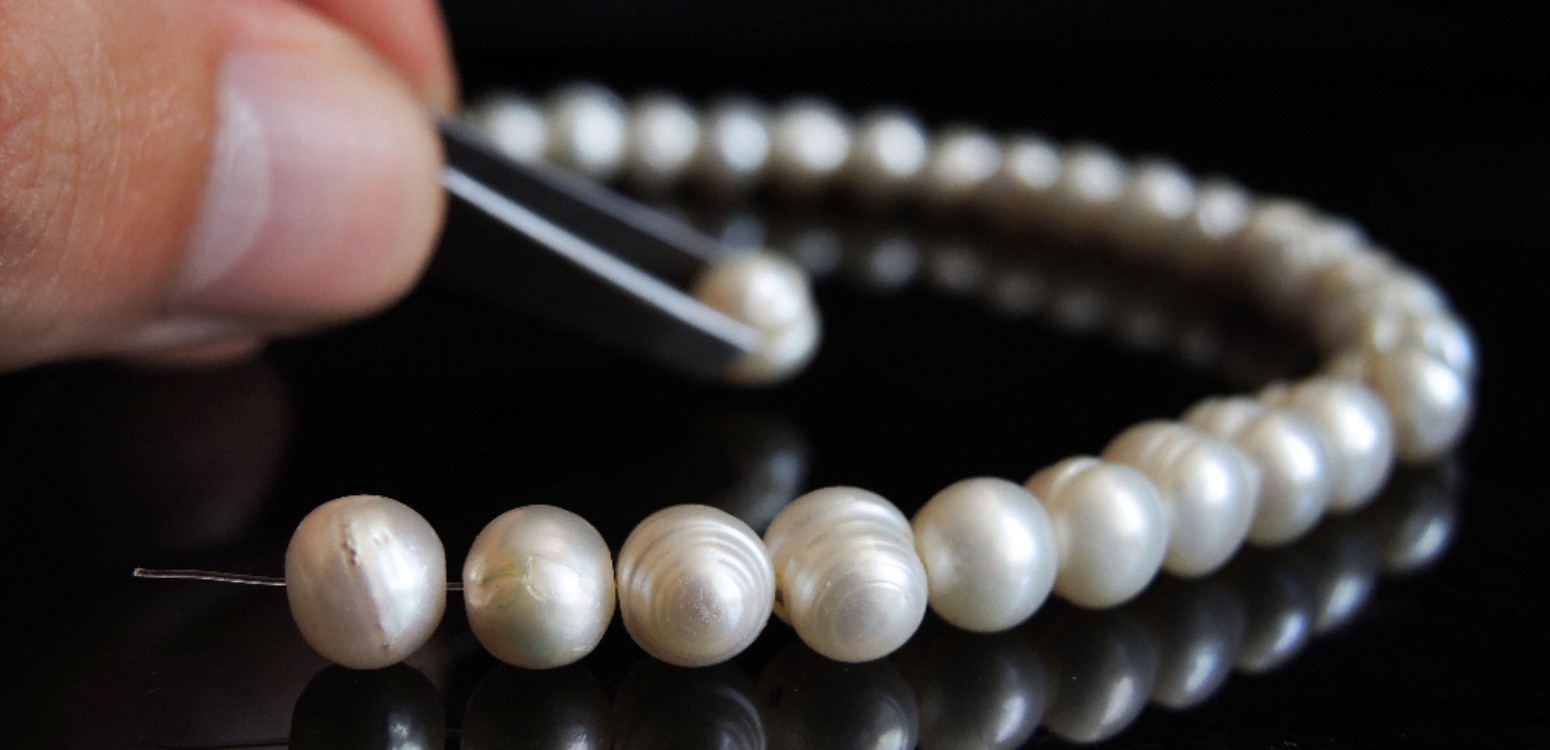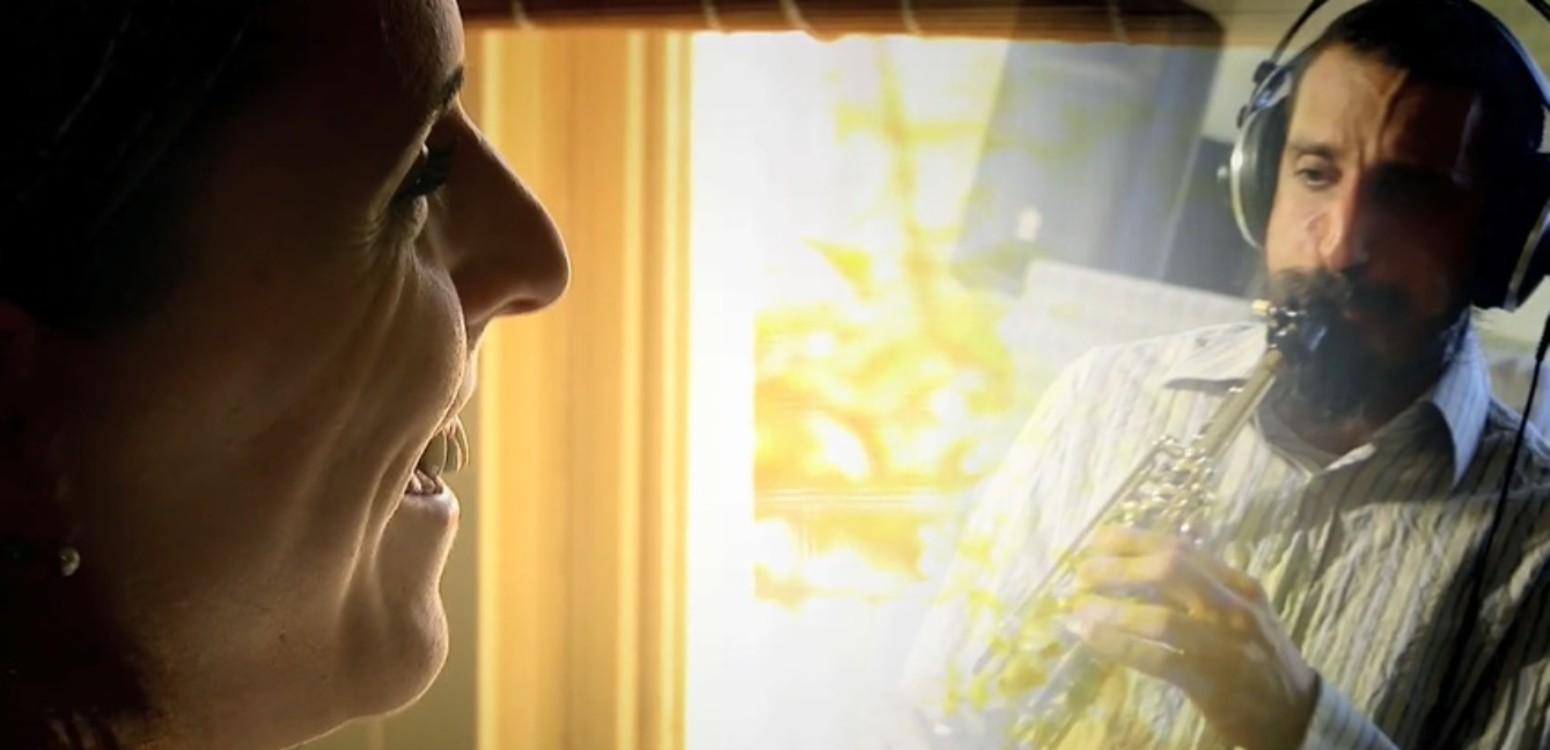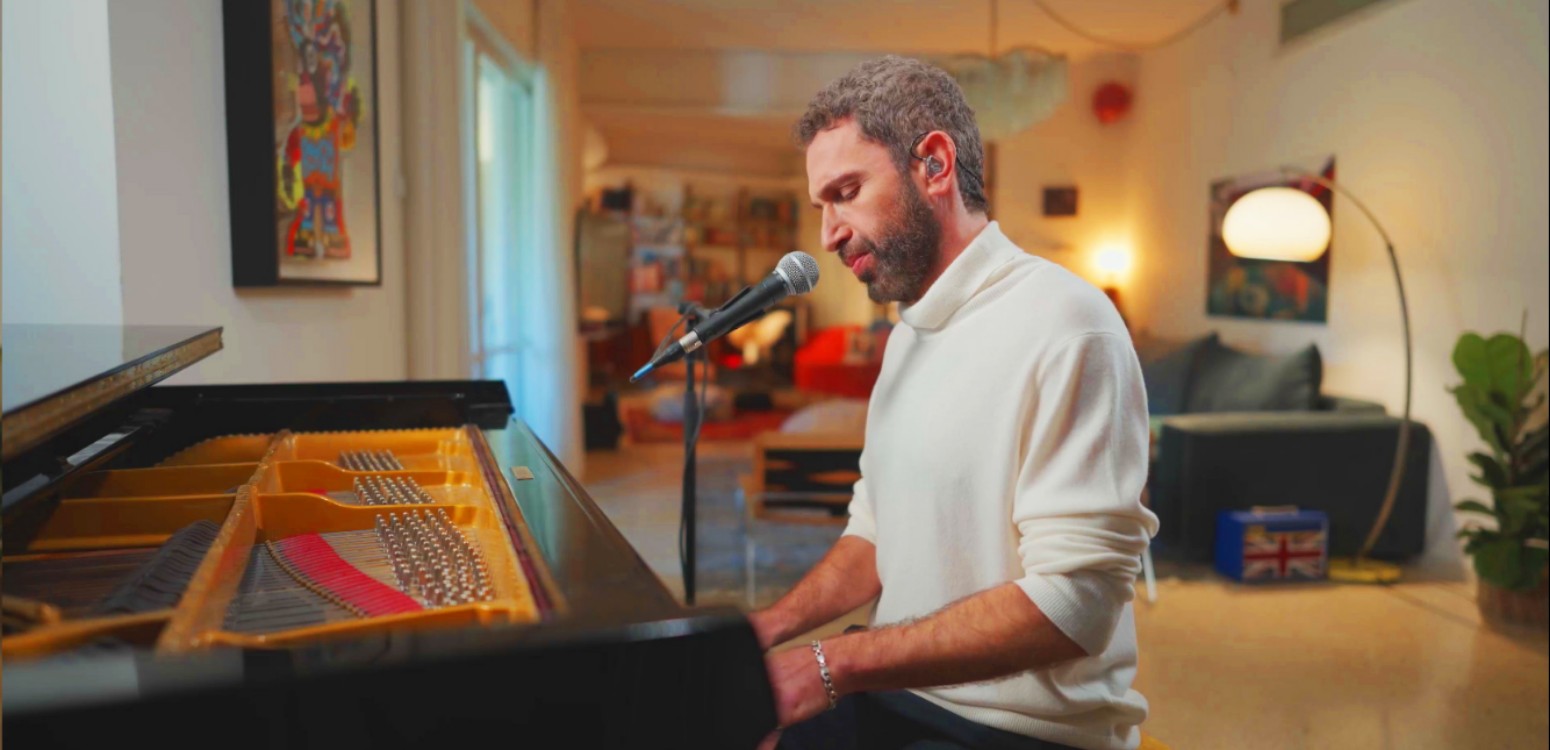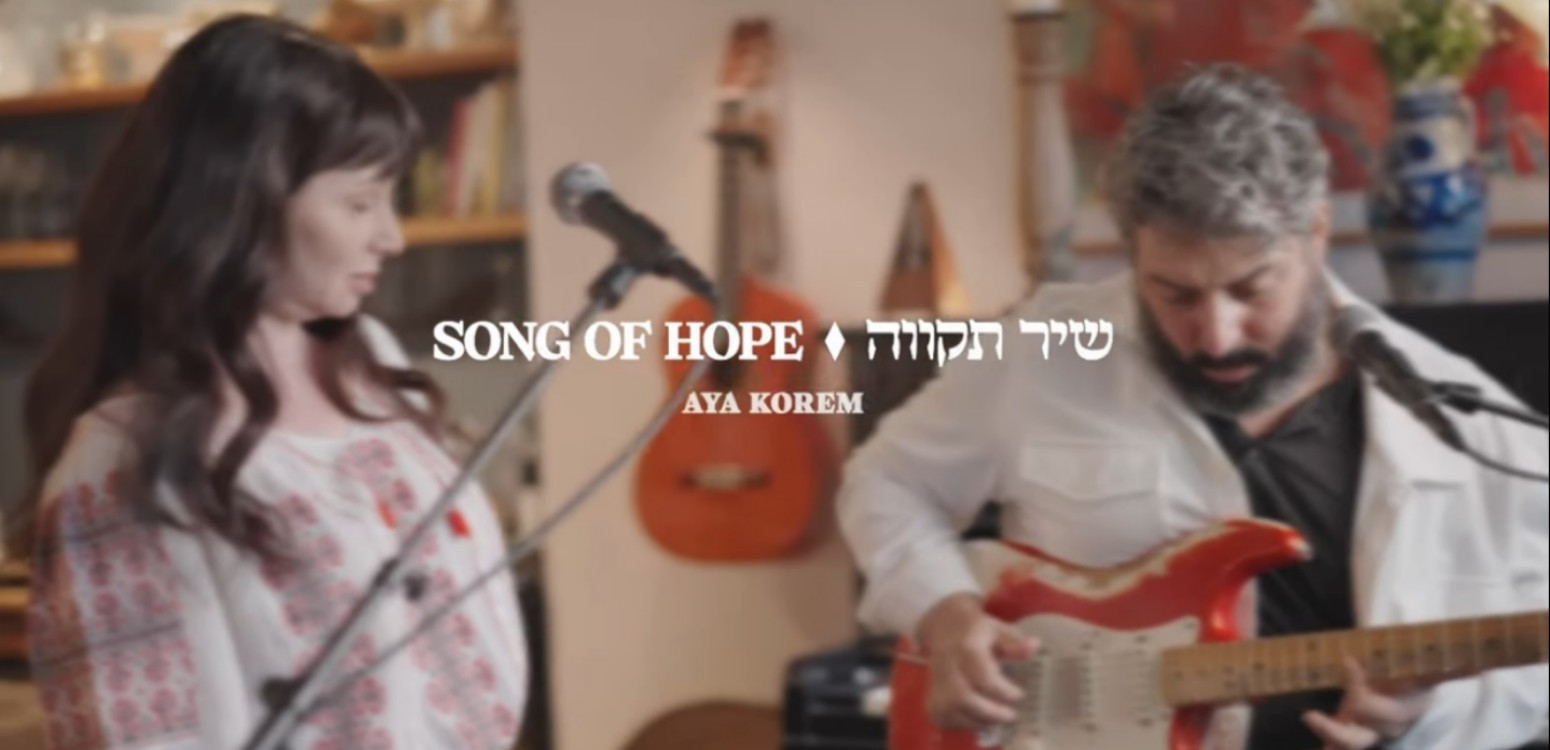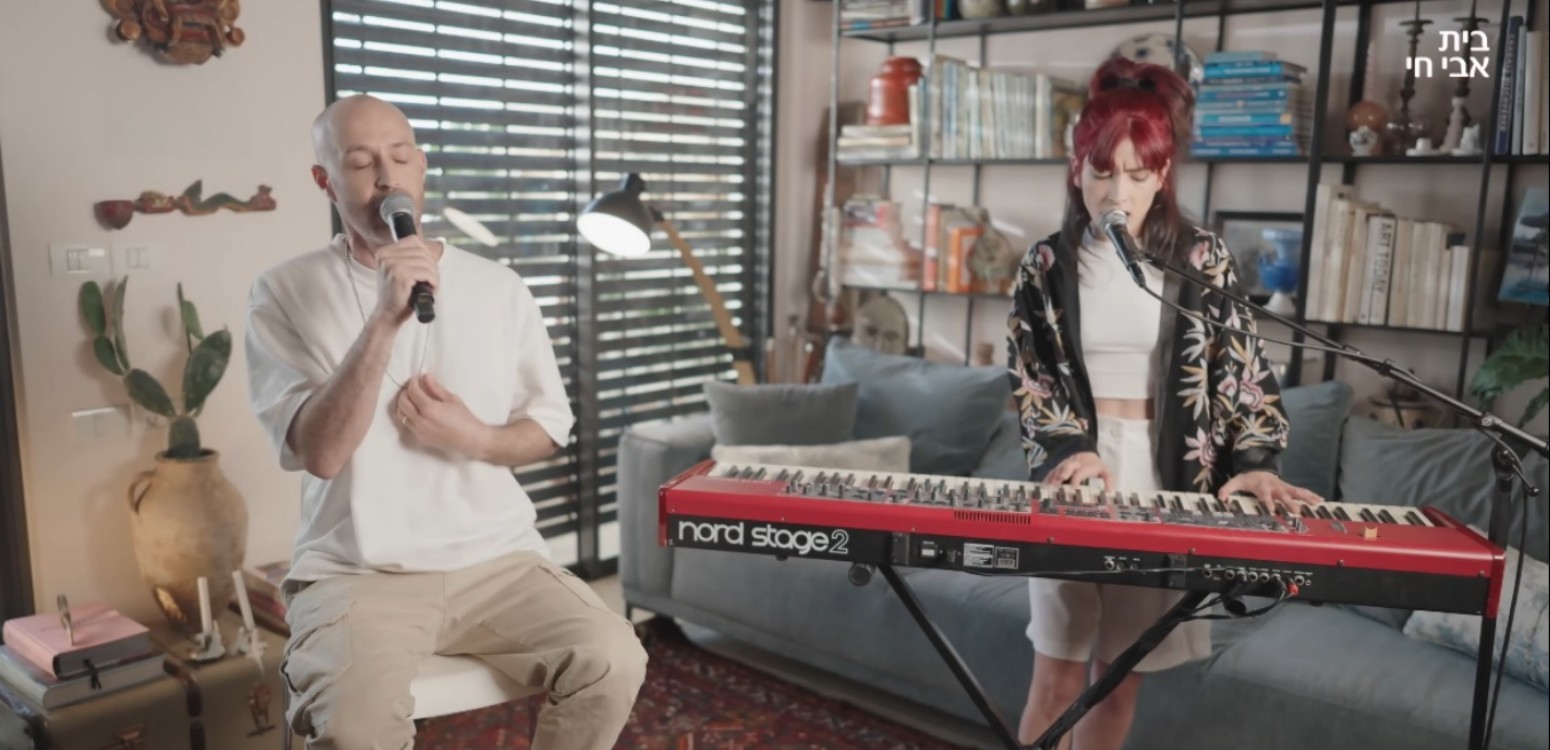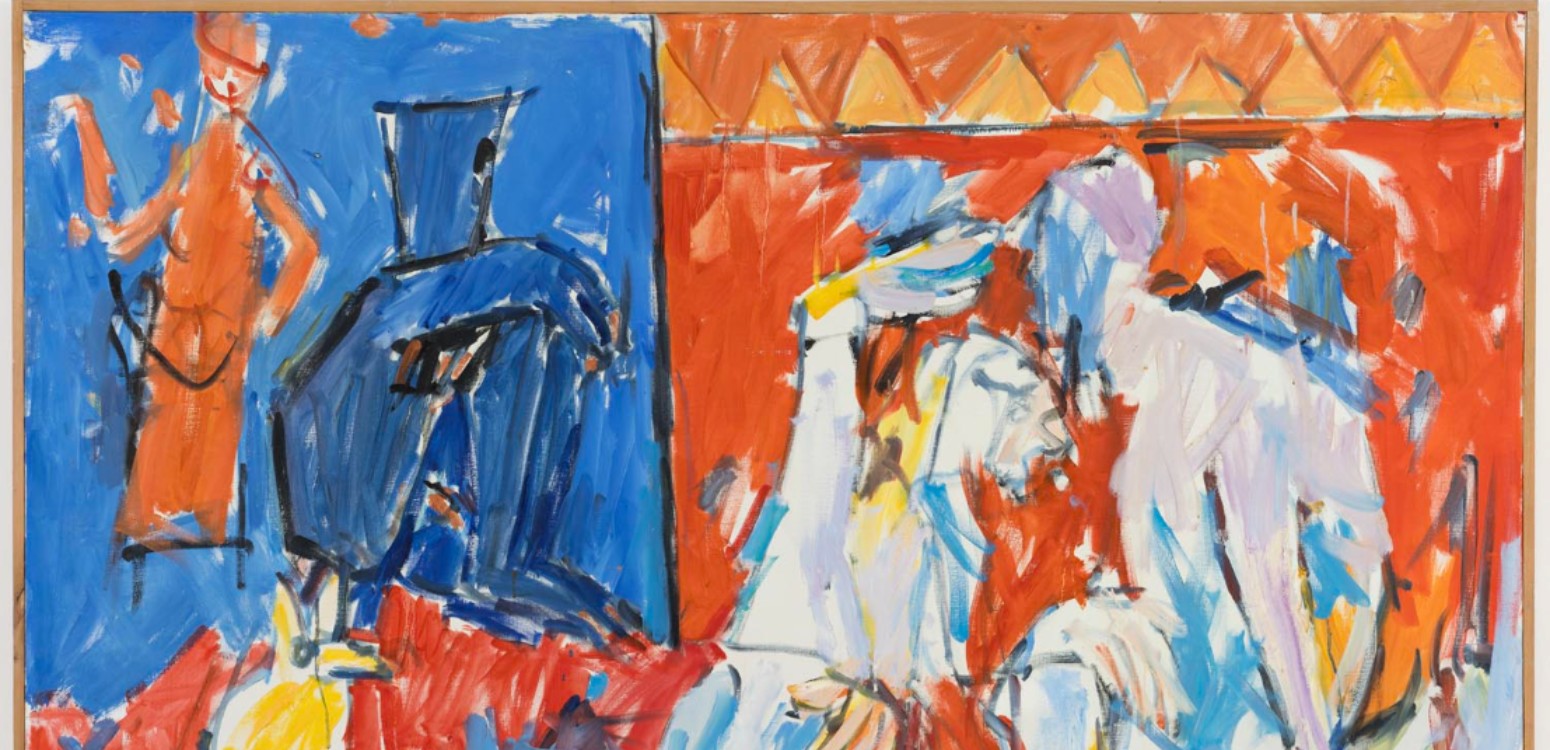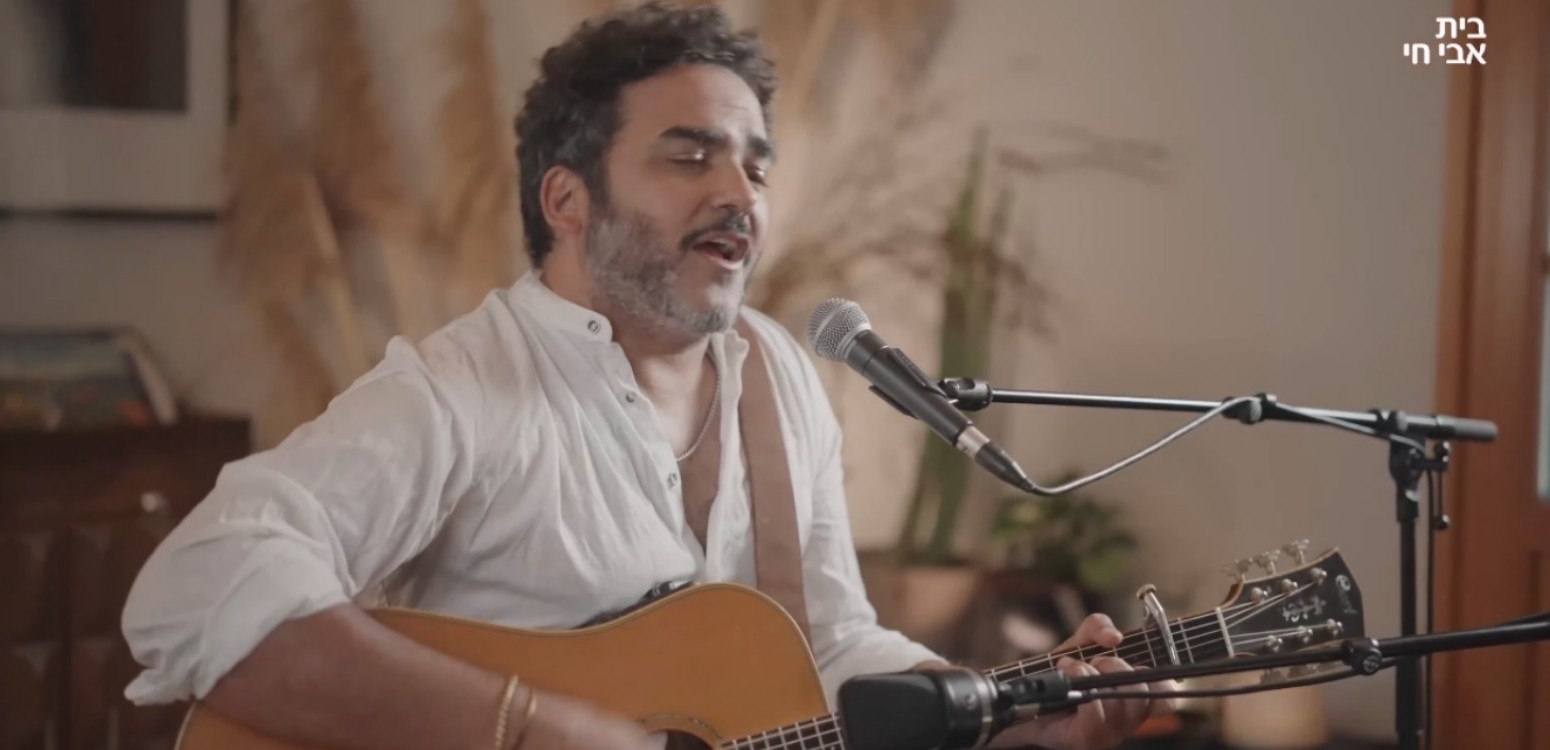Ten things you might not know about Herzl
Everyone knows that Theodor (Binyamin Ze’ev) Herzl was the spiritual father of the Jewish state, the visionary behind modern political Zionism and the initiator of the World Zionist Organization. But here are ten things about him you might not know.
1.
One of Herzl’s role models was Irish nationalist politician Charles Stewart Parnell, leader of the Home Rule League and then of the Irish Parliamentary Party. Parnell is remembered as a hero in Irish history since his efforts in the late XIX century played an important role in Ireland's fight for independence and the rights of its people. Herzl modelled himself after the Irishman, with the explicit wish to be seen as “the Parnell of the Jews”.
2.
Herzl claimed that the first time he actually experienced antisemitism firsthand was in 1888 when he stayed overnight in the German city of Mainz, on his way from England back to Austria. A young thug shouted at him the antisemitic slur “Hep Hep!”, and everyone present burst into laughter.
3.
One of Herzl’s biggest supporters at the beginning of his career was Rabbi Moshe (Moritz) Güdemann, the chief rabbi of Vienna, which was the capital of the Austro-Hungarian Empire. At first, Güdemann supported Herzl’s idea of establishing a Jewish state, and even compared him to Moses, but after visiting Herzl’s home and seeing a huge Christmas tree in his living room, the Rabbi realized his mistake. The realization that Herzl had no connection to the religious aspect of Judaism led Güdemann to cutting ties with the political activist and going against Zionism. For his part, Herzl saw no problem with lighting the Christmas tree and stated that he is not willing to be put under religious pressure.
4.
Growing up, and well into his adulthood, Theodor Herzl was the model of assimilation. So, it’s no surprise that there was a period in his life when he believed that the solution to the “Jewish problem” would be mass conversion of Jews to Christianity. He even considered converting his own children to Christianity. He later abandoned this idea.
5.
Common knowledge has it that Herzl became a Zionist following the Dreyfus trial, which he covered in Paris as a foreign correspondent for a Viennese newspaper. Nowadays, researchers believe that this is a myth and in fact there is no connection between the two events. Herzl’s biographer Dr. Yitzhak (Georges) Weisz and historians such as Jacques Kornberg believe that Herzl was much more affected by the rise of openly antisemitic politician Austrian politician Karl Lueger, who later inspired Adolf Hitler. Lueger became mayor of Vienna in 1897, the year of the first Zionist Congress in Basel.
6.
Herzl and his entire nuclear family were prone to depression and various mental issues. His marriage to Julie Naschauer was unhappy from the start and Julie was known to suffer from “hysteria”, which used to be a common medical diagnosis for women in the XIX century. She was neglected by her careerist husband, suffered from depression and was hospitalized in a psychiatric institution. She died three years after her husband, at the age of 39.
7.
Herzl’s three children were orphaned at a young age when both their parents passed away, and their end was no less tragic. The eldest daughter Paulina was hospitalized many times in psychiatric and general hospitals. She passed away in a hospital in Bordeaux, France, at the age of 40; it used to be believed that she overdosed on morphine but today it is thought that she died of typhus. Herzl’s son Hans was a lost soul. He never married, at some point converted to Christianity, then returned to Judaism, and then declared that he was not affiliated with any religion. Hans was a year younger than Paulina, and was very close to her. He went to visit her in the hospital and returned to England, where he lived at the time, believing she was better. When he was informed that she had passed away, he went back to Bordeaux, where he shot himself a week after his sister's death, at the age of 39. The youngest daughter, Margarethe Gertrude (Trude), was the only one to start a family She also suffered from a history of hospitalizations in psychiatric institutions. She and her husband were deported to Theresienstadt concentration camp, where they both died. Trude’s son, Herzl’s grandson, Stefan Theodor, also committed suicide by jumping from a bridge in the United States in 1946, after discovering that his parents perished in the Holocaust.
8.
Among other things, Herzl was also a playwright. Between the ages of 20 and 35 he was a very prolific playwright, writing a new play almost every year. His plays – mostly light comedies about bourgeois families – were produced on a variety of stages in Vienna, Prague, Berlin and, even, in a German theater in New York. However he is most remembered for his only play with Jewish characters, the one that deals directly with the Jewish Question: “Das Neue Ghetto” (“The New Ghetto”), a controversial drama which illustrates the failure of Jewish assimilation into Western European society and the ever-increasing antisemitism.
9.
Any Jew has undoubtably heard of the “Uganda Scheme”. Herzl agreed to consider British Colonial Secretary Joseph Chamberlain’s idea to create a Jewish homeland in a portion of British East Africa and proposed this controversial plan at the Sixth Zionist Congress in Basel. Turns out there was also an African Plan B and C and a few others – Uganda wasn’t the only option. Herzl also approached other imperial powers with plans for Jewish colonies in Mozambique, Tripoli, and the Congo.
10.
Herzl did not live to witness the East Africa idea rejected at the Seventh Zionist Congress in 1905 – not to mention other dramatic developments in the “Jewish problem” and the Zionist cause – since he died suddenly of heart problems in 1904, at the age of 44.
For more about Herzl, see our English language event An Old-New Land: Theodor Herzl – The Man and the Vision After October 7, with Matti Friedman and Tamar Ish Shalom
Main Photo:Theodor Herzl\ Wikipedia



